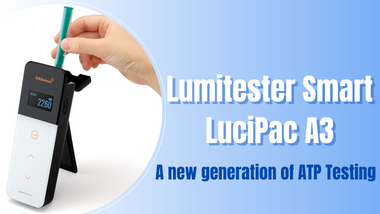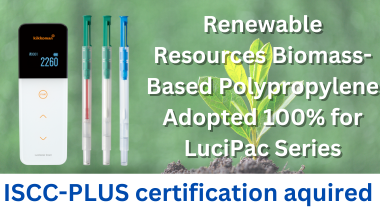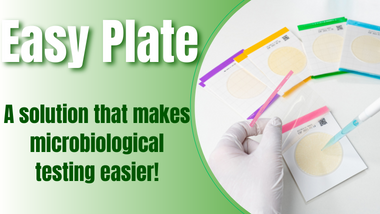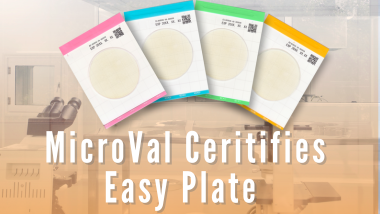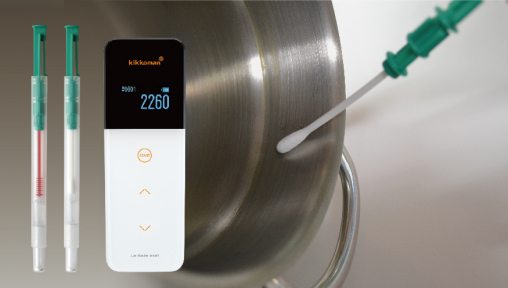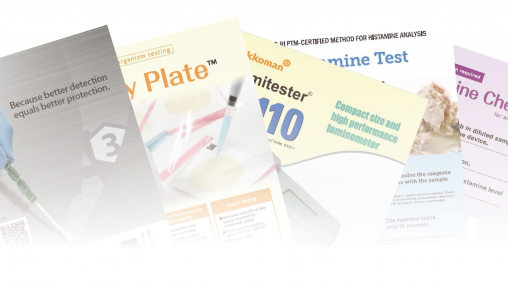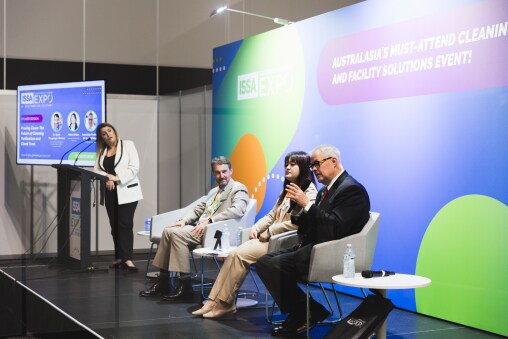Effectiveness of the ATP Test (Kikkoman A3) for Cleaning Efficiency
Maintaining high cleanliness standards is essential for health, safety, and reputation, particularly in high-traffic environments. Traditional cleaning methods, which often rely on visual inspections, may overlook microbial contamination on frequently touched surfaces such as handrails, door handles, and bathroom fixtures. To address this challenge, the ATP Test (Kikkoman A3) offers a scientific, data-driven approach to assessing hygiene levels and identifying areas that require targeted cleaning.
What is the ATP Test (Kikkoman A3)?
The Lumitester Smart enables users to easily visualize invisible soil and residues using the Kikkoman A3, making it a complete and easy-to-use environmental monitoring solution.
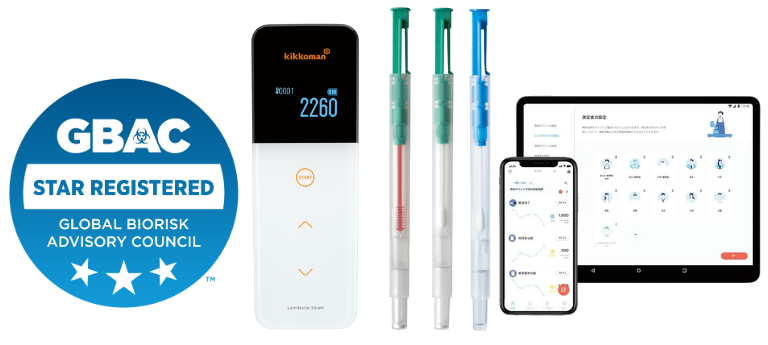
The Technology Behind Kikkoman A3
The ATP Test (Kikkoman A3) utilizes the A3 method to verify cleanliness by detecting ATP (adenosine triphosphate), ADP (adenosine diphosphate), and AMP (adenosine monophosphate)—biological indicators found in microorganisms.
- What is ATP? ATP is an energy-carrying molecule, often called the “energy currency of life,” found in all living organisms, including bacteria, yeast, mold, food debris, and organic residues. Its presence on surfaces indicates potential microbial contamination and insufficient cleaning.
- Why ATP+ADP+AMP? When ATP releases energy, it breaks down into ADP and eventually AMP. Since traditional ATP tests only detect ATP, they may miss contamination that has already degraded. By measuring ATP+ADP+AMP, the A3 method provides a more accurate and comprehensive assessment of surface cleanliness.
ATP Testing Finding by Locations
High-traffic environments pose significant hygiene challenges due to frequent interactions with shared surfaces. ATP testing using the Kikkoman A3 identified key contamination hotspots, allowing facilities to optimize cleaning protocols and enhance sanitation efforts.
- Convention Center: The lobby staircase handrail had the highest contamination, emphasizing the need for increased cleaning frequency. Surprisingly, bathroom doors had lower ATP levels, likely due to regular sanitation.
- Luxury Hotel – Baltimore: The bathroom door had the highest ATP reading, indicating a need for improved sanitation practices in guest areas. ATP testing helped identify overlooked hotspots for targeted cleaning.
- Connecticut Public School District: The stair railing, cafeteria, and lunch tables showed elevated ATP levels, highlighting the importance of focused sanitation efforts in shared spaces.
|
Location |
Average ATP | Highest ATP | Lowest ATP |
| Convention Center | 6,816 RLU | 20,593 RLU (Handrail) | 130 RLU (Bathroom door) |
| Luxury Hotel | 4,808 RLU | 12,574 RLU (Bathroom door) | 123 RLU (Fixture handle) |
| Public School | 7,926 RLU | 27,031 RLU (Stair railing) | 150 RLU (Hallway) |
*RLU=Relative Light Units
By integrating Kikkoman A3, facilities can identify contamination hotspots, refine cleaning strategies, and ensure data-driven sanitation improvements for safer environments.
Key Benefits of Kikkoman A3
- Identifies contamination hotspots for targeted cleaning
- Provides real-time results to guide immediate action
- Optimizes cleaning efficiency and labor allocation
- Enhances compliance with health and safety standards
- Demonstrates commitment to hygiene through data-backed reporting
By implementing Kikkoman A3, facilities can reduce contamination risks, optimize cleaning schedules, and build trust with occupants. Whether in schools, hotels, or public venues, this technology ensures a cleaner, safer environment for all. For reference, see the ISSA Clean Standard, which recommends ATP testing for institutional and commercial facilities.
Learn more about how ATP testing can revolutionize your cleaning operations. Read the full article here:



